The sight of a child’s bright, healthy smile is a joy, but behind that smile lies a potential battlefield. Early Childhood Caries (ECC), more commonly known as baby bottle tooth decay, is the most prevalent chronic disease of childhood—far more common than asthma or allergies. This isn’t merely about cavities in “just baby teeth.” The health of these primary teeth is foundational, guiding the eruption of permanent teeth, aiding in proper speech development, and ensuring adequate nutrition. The pain and infection from decay can have profound consequences on a child’s growth, learning, and overall well-being. So, how can parents and caregivers effectively shield their children from this entirely preventable disease?
The fight against early tooth decay is won not through complex medical procedures, but through the consistent, daily application of simple, evidence-based principles. It requires a holistic strategy that addresses not just what happens during brushing time, but what occurs throughout the entire day. This article will provide a comprehensive guide to building a fortress of protection around your child’s smile, focusing on the four critical pillars: a strategic approach to diet, the establishment of effective brushing habits, the safe and smart use of fluoride, and the invaluable role of early and regular pediatric dental visits.
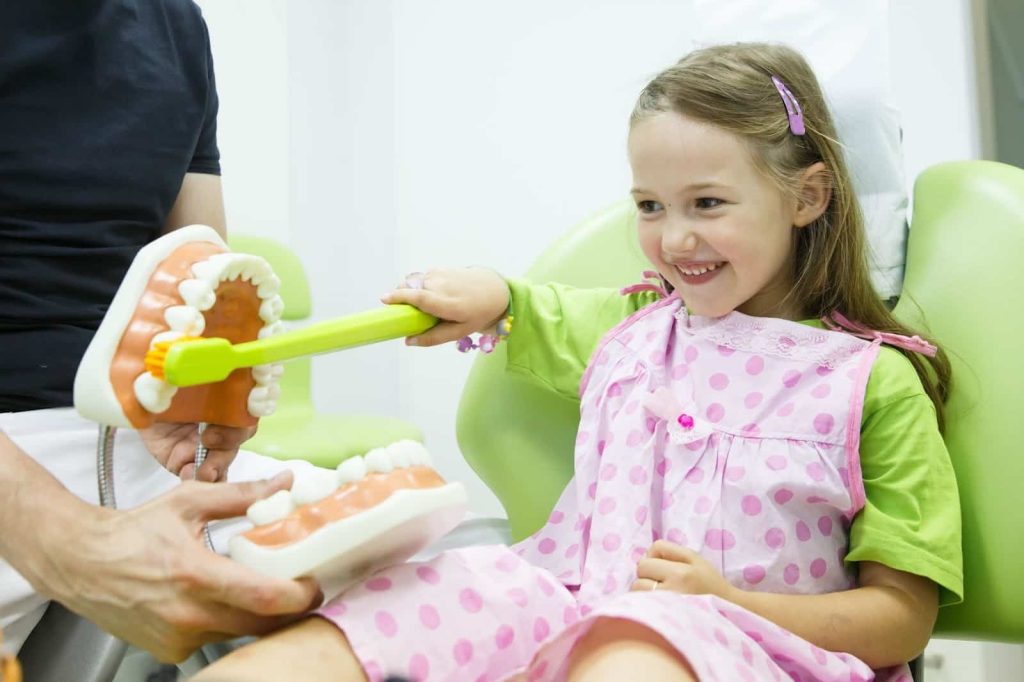
The Dietary Defense: Managing the Fuel for Decay
The primary driver of tooth decay is not sugar per se, but the frequency of acid attacks on the teeth. Every time a child consumes a fermentable carbohydrate (sugar or starch), the bacteria in the plaque biofilm metabolize it and produce acid. This acid demineralizes the enamel, and if these attacks happen too often, a cavity forms.
The “Liquid Candy” Trap:
One of the greatest risks to infants and toddlers is prolonged exposure to sugary liquids. This includes:
- Putting a child to bed with a bottle of milk, formula, or juice. During sleep, saliva flow decreases, allowing these sugars to pool around the teeth for hours, creating a perfect storm for rampant decay, often affecting the upper front teeth first.
- Using a sippy cup filled with juice or milk as a constant companion throughout the day. This creates a near-constant state of acid attack.
Strategic Dietary Habits:
- Water is the Default Drink: Make water the primary beverage between meals. Milk should be given with meals.
- Limit Juice Entirely: The American Academy of Pediatrics (AAP) recommends no juice for children under 1, and only small amounts (4-6 oz) for older children, always served in a cup with a meal—never in a bottle or sippy cup for prolonged sipping.
- Structure Meal and Snack Times: Instead of allowing constant grazing, have designated meal and snack times. This gives the saliva time to neutralize acids and remineralize the teeth between eating episodes. Avoid sticky, sugary snacks like fruit roll-ups and gummies that cling to teeth.
- Lead by Example: Children mimic what they see. Your own healthy eating habits are a powerful teaching tool.
Building Lifelong Habits: The Art and Science of Brushing
Establishing a consistent and effective oral hygiene routine from the very first tooth sets the stage for a lifetime of healthy habits. The goal is to make it a non-negotiable, positive part of the day.
From the First Tooth:
- Infants (0-3): As soon as the first tooth erupts, begin cleaning it twice daily. Use a soft, infant-sized toothbrush or a clean, damp washcloth with a tiny smear of fluoride toothpaste (no larger than a grain of rice).
- Toddlers & Preschoolers (3-6): Continue brushing for them, using a pea-sized amount of fluoride toothpaste. Use gentle, circular motions, ensuring you reach all surfaces. Let the child “practice” brushing themselves afterward, but a parent or caregiver must always do the thorough cleaning. Their dexterity is not sufficient for a proper clean until around age 7 or 8.
- Making it Fun: Use a timer for two minutes, play a favorite song, or use an app with fun characters. Positive reinforcement and a consistent routine are key to cooperation.
The Protective Shield: Demystifying Fluoride Use for Children
Fluoride is a cornerstone of modern preventive dentistry, and its safe use is critical for children. It works by strengthening the enamel, making it more resistant to acid attacks, and can even reverse the earliest stages of decay.
Safety and Efficacy:
The key is using the right amount for the child’s age to maximize benefit and eliminate any risk of fluorosis (a cosmetic condition caused by too much fluoride while teeth are developing under the gums).
- Under 3 years: Use a smear of fluoride toothpaste, the size of a grain of rice.
- 3-6 years: Use a pea-sized amount of fluoride toothpaste.
- Supervision is Critical: Always supervise brushing to ensure the child spits out the excess toothpaste and does not swallow it.
Systemic Fluoride:
If your local water supply is not fluoridated, talk to your pediatrician or pediatric dentist about fluoride supplements (drops or tablets). They can provide a prescription for the correct dosage based on the child’s age and the fluoride level in your water.
The First Line of Defense: The Critical Role of Pediatric Dental Visits
Many parents are surprised to learn that a child’s first dental visit should occur much earlier than they think.
The “First Visit by First Birthday” Rule:
The American Academy of Pediatric Dentistry (AAPD) recommends a child’s first dental visit within six months of the first tooth erupting, and no later than their first birthday.
Why So Early?
This initial visit is not about a rigorous cleaning for one or two teeth. It serves a much more profound purpose:
- Risk Assessment: The dentist can assess the child’s individual risk for cavities and provide personalized advice.
- Preventive Care: They can perform a gentle examination, provide a fluoride varnish treatment (a highly concentrated fluoride painted on the teeth), and discuss topics like diet, pacifier use, and teething.
- Parental Education: This is a coaching session for parents, equipping them with the knowledge to care for their child’s teeth effectively at home.
- Establishing a “Dental Home”: Familiarizing the child with the dental environment from a young age in a positive, non-threatening way helps prevent dental anxiety and builds a foundation for a lifetime of positive dental experiences.
Conclusion: An Investment in a Lifetime of Smiles
Preventing early tooth decay in children is a proactive, not reactive, endeavor. It is a daily commitment woven into the fabric of family life through mindful dietary choices, consistent and supervised brushing with the appropriate amount of fluoride, and a partnership with a pediatric dentist that begins by the first birthday.
This integrated approach does more than just prevent cavities; it instills values of health and self-care that a child will carry into adulthood. The effort invested in protecting those primary teeth is a direct investment in the health, confidence, and well-being of the permanent smile that will last a lifetime. By embracing these four pillars, you can ensure your child’s dental health story is one of prevention and success, not one of disease and repair.

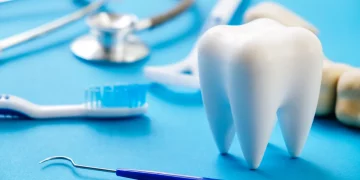



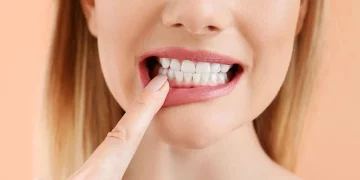
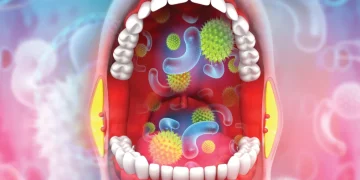
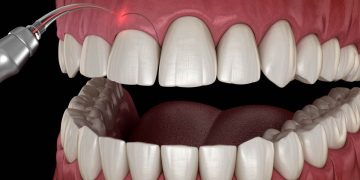
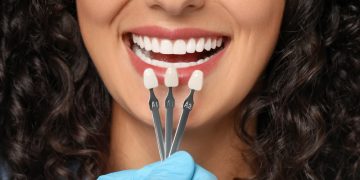
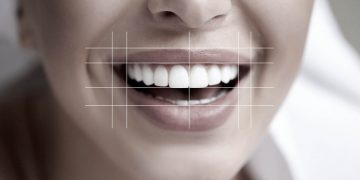
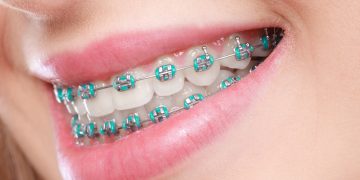
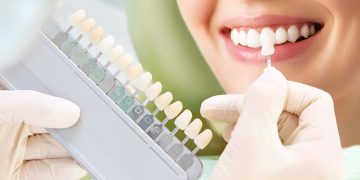
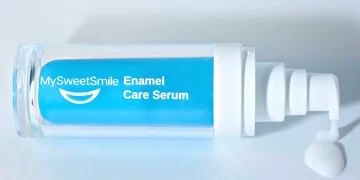


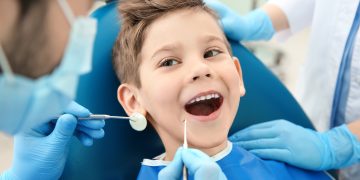














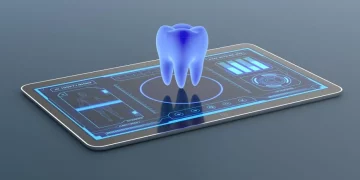
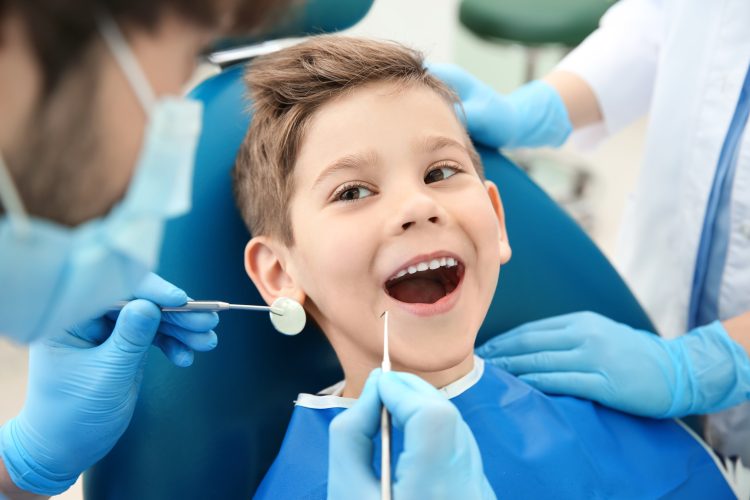












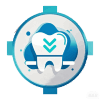
Discussion about this post